
IVD Electronics: Tiny Signals, Big Answers
Global electronic component supplier ERSAELECTRONICS: Rich inventory for one-stop shopping. Inquire easily, and receive fast, customized solutions and quotes.
If the MCU (both the Marvel Cinematic Universe and the microcontroller unit) did a lab-bench crossover, IVD electronics would be the scene-stealing sidekick: impeccable timing, ruthless noise discipline, and plot-twist proof power rails. In vitro diagnostics may look like “little light box goes bleep,” but under the hood you’ve got photonics, electrochemistry, microfluidics, and a symphony of AFEs that make nanovolts and femtoamps confess.
Table of Contents
.png?x-oss-process=image/auto-orient,1/quality,q_70/format,webp)
1) Cold Open: What IVD Electronics Actually Do
IVD (in vitro diagnostics) instruments turn biochemical drama into digital calm. Cartridges or cuvettes host reactions; IVD electronics watch those reactions with light or electrons, then report results a clinician can trust. Whether it’s ELISA in a microplate, qPCR in a heated block, a lateral flow test under a camera, or an amperometric glucose strip at the point of care, the job is the same: turn tiny, noisy signals into robust numbers—repeatedly, safely, and with a bedside manner.
Think Andor planning meets Guardians of the Galaxy banter: tight timing, high stakes, and a team of AFEs who all pull their weight. In a modern lab, IVD electronics are the glue between chemistry, mechanics, firmware, and standards.
2) Design Targets & System Requirements
- Sensitivity & dynamic range: pA–μA electrochemistry; pW–μW optical signals; 16–24-bit ADC honesty with low drift.
- Repeatability: day-over-day stability; temp compensation; reference checks; control lanes that tell the truth.
- Throughput & latency: plate readers cycle fast; PCR timing is sacred; point-of-care IVD favors minutes over hours.
- Safety: isolation for patient-applied connections (if any), fluid containment, heaters with watchdogs and interlocks.
- Uptime: clean power, graceful brownout, fan filters that survive hospital life; logs that read like a lab notebook.
- Usability: clear status, one honest button per chore; consumable IDs; barcodes/RFID; quiet alarms.
3) IVD System Architecture (Block by Block)
Most IVD electronics follow the same crime-solving structure:
- Sensors & Transducers — photodiodes/PMTs/CMOS for light; electrodes for electrochem; pressure/flow/level for fluids; thermistors/RTDs.
- AFEs — TIAs for photodiodes, low-noise HV supplies for PMTs, programmable gain for CMOS; potentiostat or impedance front ends for electrochem.
- Actuation — LEDs/lasers, heaters/Peltier, pumps/valves, steppers/servos, shutters.
- Compute — MCU/SoC with timing kernel, DSP filters, curve fitting, QC checks, and error handling.
- UI — display + LEDs + buzzer; barcode/RFID; task-guided workflow.
- Data — storage, LIS/HL7 bridges, secure updates; audit logs that make QA smile.
- Power — patient-side isolation when needed; quiet rails for AFEs; loud rails quarantined; thermal budget.
.png?x-oss-process=image/auto-orient,1/quality,q_70/format,webp)
4) Optical IVD: Absorbance, Fluorescence & Luminescence
Optical IVD is where photons reveal secrets. Your job is to measure light like a calm librarian during a rock concert.
4.1 Light Sources
- LEDs for absorbance/fluorescence excitation: pick peak wavelengths that match dyes; manage drive current, rise/fall, and temperature drift.
- Lasers for narrow bands and long paths; watch speckle and safety interlocks.
- Lamps (xenon/halogen) occasionally appear in legacy systems; modern IVD prefers LEDs for stability.
4.2 Optics
- Filters/dichroics to separate excitation and emission; pay attention to angle sensitivity.
- Fiber or free-space routing; baffles and black walls to murder stray light.
- Geometry: 90° fluorescence to dodge source bleed; absorbance uses collimated straight shots through cuvettes or wells.
4.3 Detectors & AFEs
- Photodiodes + TIA: choose feedback resistors/caps for bandwidth vs. noise; dark current matters.
- PMTs when you need ridiculous sensitivity; HV supply with ripple discipline; dynode gain control.
- CMOS sensors for imaging (e.g., lateral flow readers); rolling shutter + synchronized LEDs; avoid flicker villains.
4.4 Digitization & Math
- 16–24-bit ADCs; coherent sampling; oversampling and decimation; temperature-aware calibration.
- Absorbance: Beer–Lambert with blank/reference; Fluorescence: emission ratios; Luminescence: counts over window with dark frames.
5) Electrochemical IVD: Amperometry, Potentiometry & Impedance
Electrochemical IVD is part heist movie, part tea ceremony: fast current spikes, slow drifts, and ritualistic timing.
5.1 Potentiostat Basics
- Three-electrode (WE/RE/CE) control with a transimpedance stage monitoring working-electrode current.
- Programmable biases; chronoamperometry/voltammetry waveforms; quiet references with low TC.
5.2 AFEs
- TIA with femtoamp bias op-amps; guard rings; leakage-proof layout; selectable feedback networks for ranges.
- Potentiometry for ion-selective electrodes; high-impedance buffers; drift tracking.
- Impedance via AC excitation; I/Q demod; magnitude/phase for cell count or binding events.
5.3 Digitization & Filtering
- ΔΣ ADCs shine for low-frequency accuracy; average out thermal noise; reject mains hum properly.
- Timing windows aligned to reagent steps; blanking during injections.
6) Motion & Microfluidics: Pumps, Valves & Carousels
IVD is a choreography of tiny rivers. Your IVD electronics must steer fluids without adding noise or chaos.
- Pumps (peristaltic/diaphragm): motor drivers with current control; snubbers; mufflers; flow sensors for sanity.
- Valves (solenoid/pinch): flyback management; lifetime counters; leak checks.
- Carousels & stages: stepper + microstepping; limit switches; encoders; homing rituals at startup.
- Level/pressure sensing: bridge AFEs with drift-friendly references; bubble detection via ultrasound or optics.
.png?x-oss-process=image/auto-orient,1/quality,q_70/format,webp)
7) Thermal: PCR, LAMP & Temperature Control AFEs
Thermal control is where IVD electronics play sous-chef to enzymes. Whether it’s qPCR cycles or isothermal LAMP, temperature errors become math errors.
- Sensing: RTDs/thermistors close to reaction; 4-wire measurements where possible; self-heating accounted.
- Actuation: Peltier (H-bridge + current sense) or resistive heaters (PWM + PID); watch for EMI from switching.
- Control: PID with feedforward; learn thermal lag; overshoot is the villain.
- Uniformity: multi-point sense; map blocks at production; correct with per-well offsets for plate IVD.
8) Compute, Timing & Firmware: The Lab’s Showrunner
Your MCU/SoC is the showrunner for IVD: it schedules optics, electrochem, pumps, and thermal with Andor-level discipline.
- Architecture: ISR-light, DMA-heavy; separate high-priority acquisition from UI; watchdogs for all.
- Signal chain: fixed-point filters; windowing; curve fits (4-PL, 5-PL, Ct extraction); confidence scores.
- Workflow: consumable ID (barcode/RFID), QC check, run script, result + flags, audit log.
- Updates: signed artifacts; A/B slots; rollback; version every coefficient and threshold.
9) UI/UX for IVD: Screens, LEDs, Buzzers & Human Factors
Good IVD UX reads like a recipe card: do this, then that, now wait, you’re done. No riddles.
- Big numerics, clear progress bars, unambiguous icons; printer or PDF export for results.
- Guided tasks: load sample, scan cartridge, close lid, press start. LEDs reinforce states.
- Alarms that explain themselves: “Low signal on channel B (check cartridge seating)” beats beep-beep‐mystery.
.png?x-oss-process=image/auto-orient,1/quality,q_70/format,webp)
10) Connectivity & Data: LIS/HL7, USB, Wi-Fi/BLE (Safely)
IVD electronics live in ecosystems. Export results to LIS or middleware; keep cyber hygiene boring and excellent.
- Interfaces: USB for maintenance; Ethernet/Wi-Fi via approved bridges; BLE for accessories only if justified.
- Standards: HL7-ish payloads; time sync; lot/expiry tracking; operator IDs.
- Security: mutual auth, signed configs/updates, role-based access; audit everything.
11) Power & Partitioning: Clean Rails, Quiet Truths
Power is personality. IVD electronics juggle quiet analog and loud motors/heaters. Separate their tables like feuding nobles in House of the Dragon.
- Rails: analog LDOs with RC filters; digital/radio on bucks; motor/heater rails with snubbers and LC.
- Grounding: star points; chassis bonding; 360° shield terminations; no pigtails.
- Brownout: keep data safe; park mechanics; store last good state; raise helpful errors.
12) EMC, Safety & Regulatory: Boring in the Best Way
Passing the lab isn’t a plot twist; it’s the plan. Build IVD electronics like the chamber is watching.
- Snubbers, chokes, TVS; test while heating, pumping, and transmitting—not just idle.
- Isolation for applied-part paths where relevant; creepage/clearance; leakage within limits.
- Risk management: hazards → mitigations → verification; usability around errors and maintenance.
.png?x-oss-process=image/auto-orient,1/quality,q_70/format,webp)
13) Verification & Validation: Proof Beats Vibes
- Optical: dark noise, linearity, wavelength calibration, stray-light tests, repeatability with standards.
- Electrochem: bias accuracy, current ranges, noise density, step response; calibration vs. known analytes.
- Thermal: ramp/settle times, uniformity maps, overshoot limits, cycle life.
- Microfluidics: flow accuracy, valve leakage, bubble tolerance, cross-contamination tests.
- Software: unit tests, fault injection, watchdog drills, update/rollback rehearsals.
- System: end-to-end with control materials; QC rules; traceable logs.
14) Manufacturing, Calibration & Traceability
Good IVD factories look like tidy detective stories: every clue labeled, every step repeatable.
- Optical fixtures with stable references; electrochem cells for calibration; temperature baths; flow stands.
- Serialization, lot tracking, firmware signing; golden-unit comparisons; environmental soaks.
- Consumable pairing (barcode/RFID), expiry checks, and per-batch corrections when applicable.
15) Sample BOM for IVD (By Function)
Optical
- LEDs/lasers, constant-current drivers, optical filters/dichroics, cuvette/well optics, photodiodes + TIAs, PMTs + HV, CMOS sensor.
- Precision references, low-noise op-amps, 16–24-bit ADCs, shutters (optional).
Electrochemical
- Potentiostat AFE (TIA, bias DAC, reference), precision resistors/caps, ΔΣ ADC, impedance front end.
Microfluidics & Motion
- Pumps, valves, stepper/BLDC drivers, pressure/flow sensors, limit switches/encoders.
Thermal
- RTDs/thermistors, heater/Peltier modules, H-bridge/current drivers, thermal sensors near dies/blocks.
Compute & UI
- MCU/SoC, RAM/Flash/FRAM, display + backlight, keypad/touch/haptics, barcode/RFID reader, buzzer.
Connectivity & Power
- USB/Ethernet/Wi-Fi module (per approvals), secure element, medical AC/DC, PMIC bucks/LDOs, protections, fans/filters.
.png?x-oss-process=image/auto-orient,1/quality,q_70/format,webp)
16) Glossary (Rapid Fire)
- IVD — In vitro diagnostics; lab results from outside the body.
- AFE — Analog Front End; where the whispers land.
- TIA — Transimpedance Amplifier; current-to-voltage for photodiodes/electrodes.
- PMT — Photomultiplier tube; ludicrously sensitive detector with HV needs.
- PCR/LAMP — Thermal games enzymes play; your control loop’s boss fight.
- Potentiostat — Electrochem control/sense circuit; your electrons’ chaperone.
- HL7 — Healthcare language for results marching into LIS land.
One-line takeaway: Great IVD electronics are quiet analog, deterministic timing, kind UX, and logs that turn lab chaos into clean, traceable answers.
Engineering guide—no clinical claims. Always follow applicable standards, regulations, and institutional policies.
Related Articles
- ·ICD Electronics: Tiny Lightning, Relentless Reliability
- ·Smart Pill Dispensing Electronics: From Missed Doses to Mission Control
- ·Electrosurgery Electronics: Turning RF Into a Surgical Superpower
- ·Endoscopic Imaging Electronics: Tiny Optics, Big Picture
- ·X-ray & CT Electronics: From Kilovolts to Reconstruction
- ·MRI Core Electronics: From Quench to K-Space
- ·IVD Electronics: Tiny Signals, Big Answers
- ·Vital Signs Monitor Electronics: Tiny Signals, Big Decisions
- ·Neurostimulator Electronics: Tiny Pulses, Big Nerves
- ·Pacemaker Electronics: Tiny Joules, Big Heart


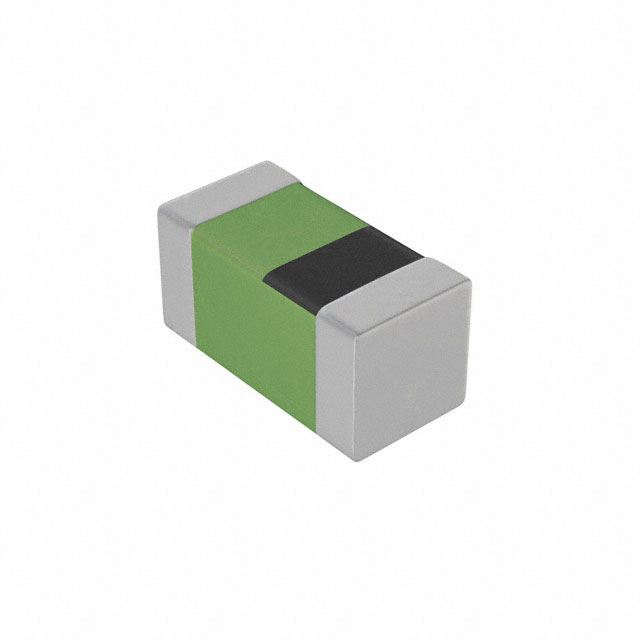
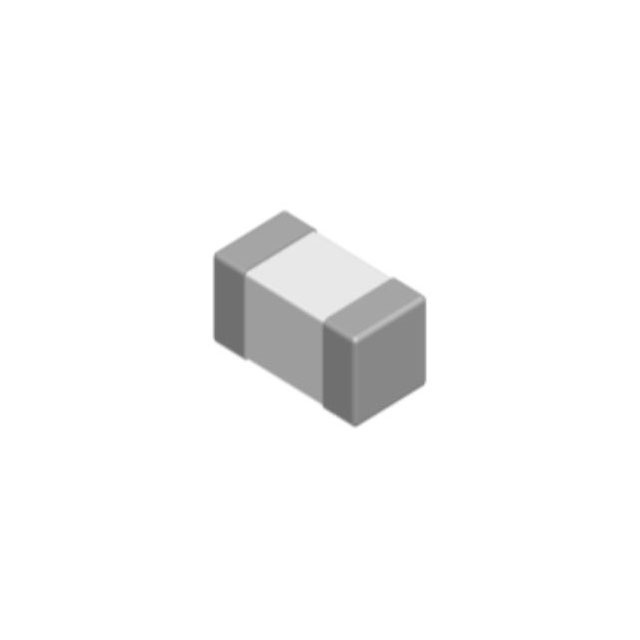


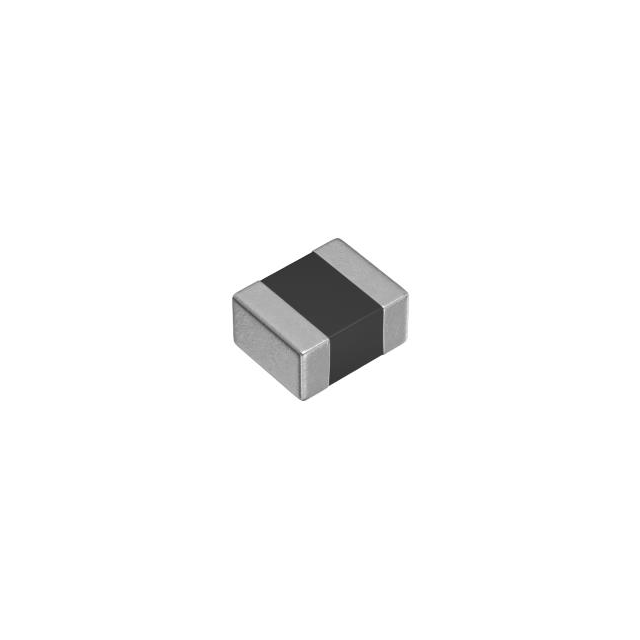
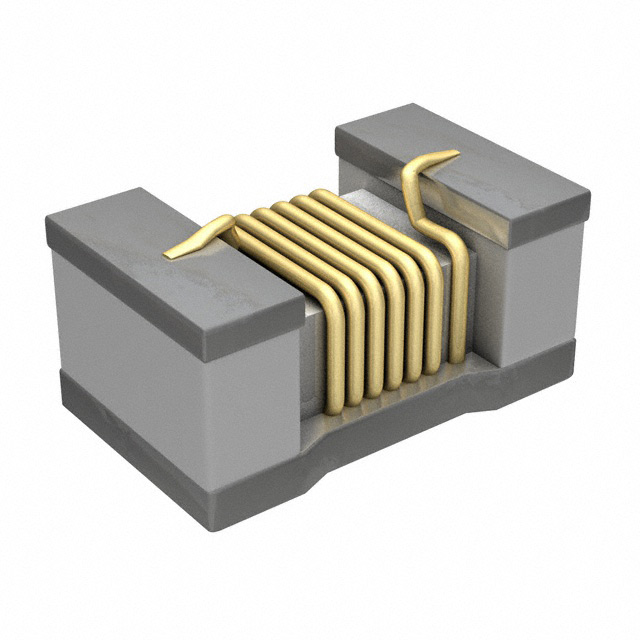

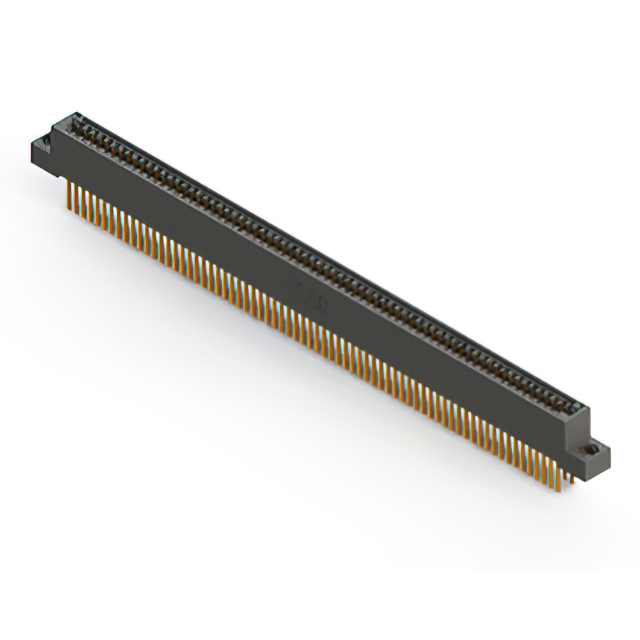
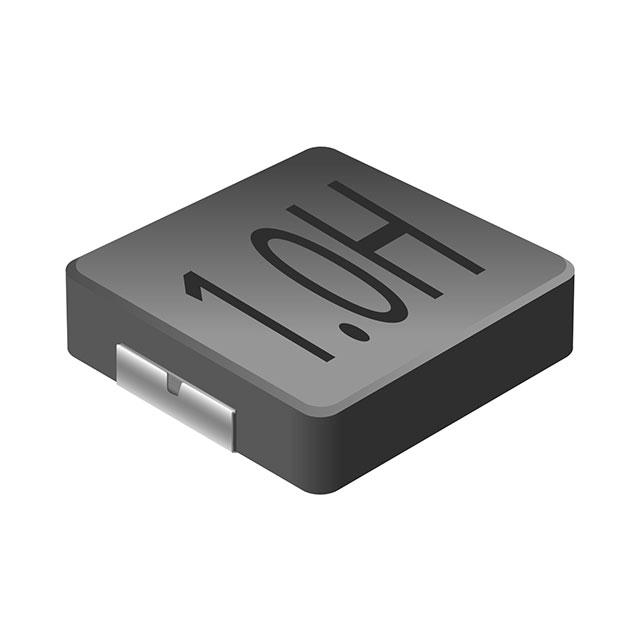

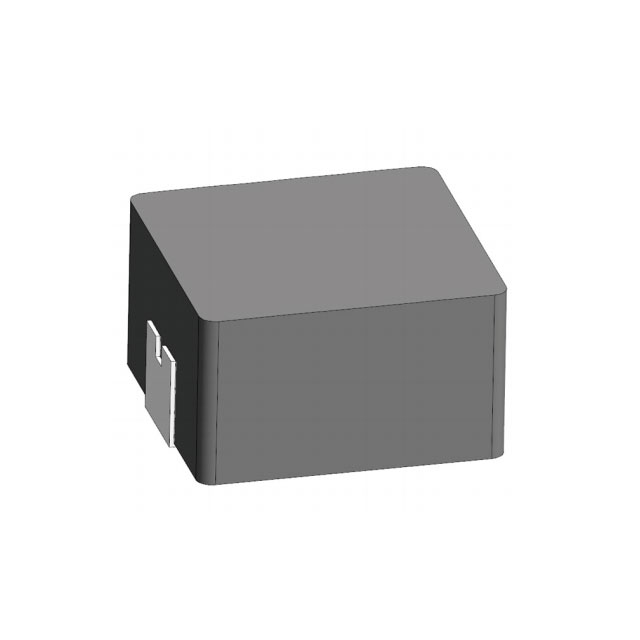
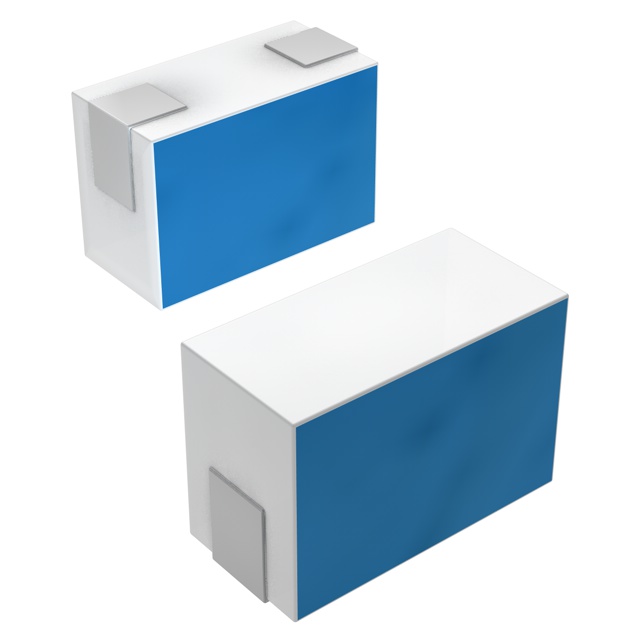






.png?x-oss-process=image/format,webp/resize,h_32)










